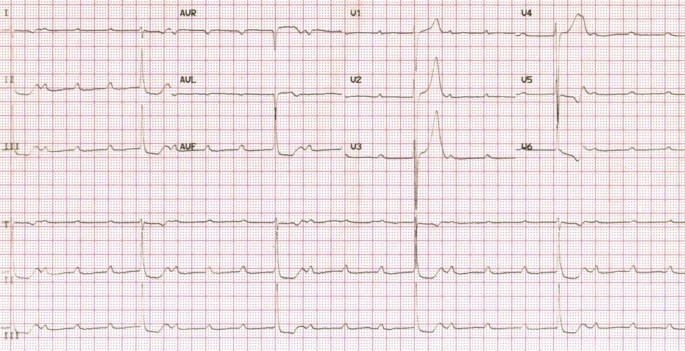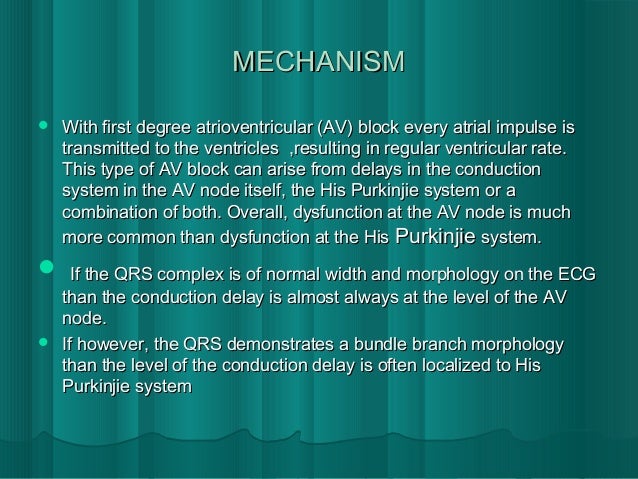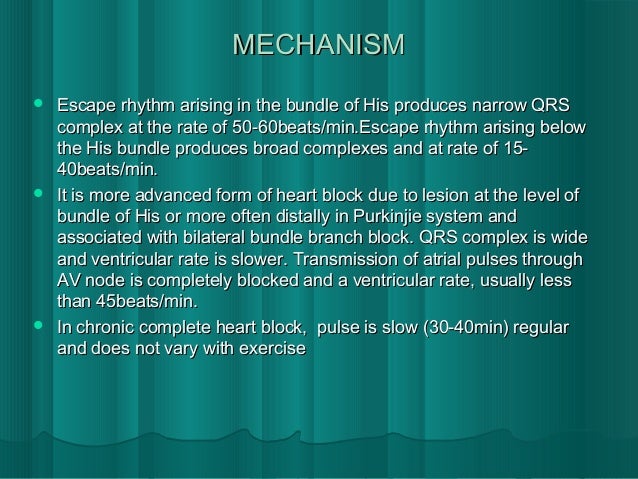Adam-stokes Syndrome
Adam-stokes syndrome. Adams-Stokes disease Morgagni disease Morgagni-Adams-Stokes syndrome Spens syndrome Stokes-Adams disease Stokes-Adams syndrome. Stokes-Adams-Syndrome - YouTube Stokes-Adams-Syndrome is a periodic unconscious spells due to decreasing cardiac output to CNS which is a life threatening disorder. The common causes are he.
A syndrome characterized by slow or absent pulse vertigo syncope convulsions and sometimes Cheyne-Stokes respiration. This was first recognised by William Osler in 1903 within his own family. Stokes Adams syndrome also known as Stokes-Adams attack refers to fainting or syncope that occurs from cardiac arrhythmia.
An Adams-Stokes episode initially manifests with significant pallor followed by impairment of consciousness that ranges from a fainting tendency to a complete loss of consciousness. A minor proportion of patients present with chronic AV block. Its caused by a change in your heart rate.
523 is ectopic beats 617 is stokes adams syndrome. First descriptions by Gerbezius in 1717 later referenced by Morgagni in 1761 with his two cases. A classic Stokes-Adams attack is a collapse without warning associated with loss of consciousness for a few seconds.
Stokes-Adams attacks have been reported in much younger age groups including those with congenital heart block. When the cardiac output becomes too low the patient faints SYNCOPE. Adams-Stokes syndrome Concept Id.
Abstract Stokes-Adams attacks are related to paroxysmal or chronic atrioventricular AV block 50-60 sinoatrial SA block 30-40 or paroxysmal tachycardia or fibrillation 0-5. Its caused by a change in your heart rate. A condition of fainting spells caused by heart block often an atrioventricular block that leads to BRADYCARDIA and drop in CARDIAC OUTPUT.
In between attacks most patients present with sinus rhythm a large part with widened QRS complex. The aforementioned episode is elicited by a sudden change in the heart rhythm that may involve tachyarrhythmia or bradyarrhythmia.
The aforementioned episode is elicited by a sudden change in the heart rhythm that may involve tachyarrhythmia or bradyarrhythmia.
A syndrome characterized by slow or absent pulse vertigo syncope convulsions and sometimes Cheyne-Stokes respiration. A syndrome characterized by slow or absent pulse vertigo syncope convulsions and sometimes Cheyne-Stokes respiration. In between attacks most patients present with sinus rhythm a large part with widened QRS complex. Usually as a result of advanced AV block or sick sinus syndromeAlternative Names. A condition of fainting spells caused by heart block often an atrioventricular block that leads to BRADYCARDIA and drop in CARDIAC OUTPUT. Usually results from advanced AV block or sick sinus syndrome. Abstract Stokes-Adams attacks are related to paroxysmal or chronic atrioventricular AV block 50-60 sinoatrial SA block 30-40 or paroxysmal tachycardia or fibrillation 0-5. In some cases the syncope attacks are transient and in others cases repetitive and persistent. Adams-Stokes disease Morgagni disease Morgagni-Adams-Stokes syndrome Spens syndrome Stokes-Adams disease Stokes-Adams syndrome.
Drugs used to treat Adams-Stokes Syndrome The following list of medications are in some way related to or used in the treatment of this condition. First descriptions by Gerbezius in 1717 later referenced by Morgagni in 1761 with his two cases. 523 is ectopic beats 617 is stokes adams syndrome. A syndrome characterized by slow or absent pulse vertigo syncope convulsions and sometimes Cheyne-Stokes respiration. A classic Stokes-Adams attack is a collapse without warning associated with loss of consciousness for a few seconds. A condition of fainting spells caused by heart block often an atrioventricular block that leads to BRADYCARDIA and drop in CARDIAC OUTPUT. Drugs used to treat Adams-Stokes Syndrome The following list of medications are in some way related to or used in the treatment of this condition.








































Posting Komentar untuk "Adam-stokes Syndrome"